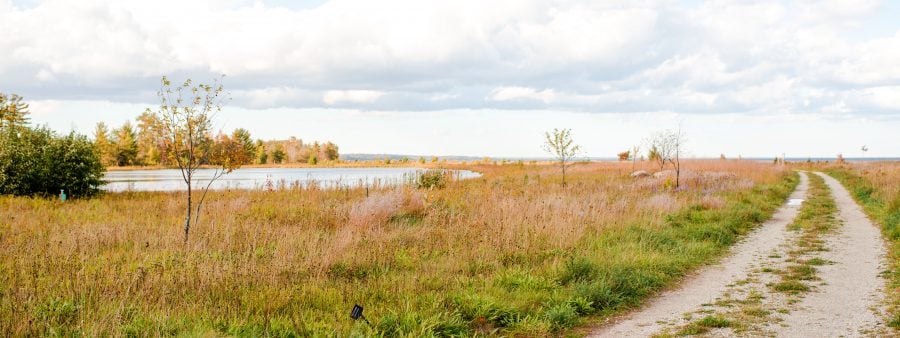
November is Native American Heritage Month, and like all of the United States, the Keweenaw Peninsula has been home to Indigenous peoples for thousands of years. The more recent inhabitants included those of several nations including the Dakota, Fox, and Menomonie. The most prominent nation in these lands before the incursion of Europeans was the Ojibwe. This heritage month is an opportunity for us to learn, share, and celebrate the culture of these first peoples.
When an abundance of copper was reported in the 1840s, a true land rush began. Investors, miners, and entrepreneurs shortly arrived seeking wealth. While settlers adopted treaties with the Ojibwe prior to the 1840s, the 1842 Treaty of La Pointe was motivated primarily by mining interests. The Ojibwe maintained their traditional hunting and fishing grounds as long as industrialists had access to the rich copper deposits.
Land and people
We know Ojibwe peoples ceded the lands now occupied by Michigan Tech in 1842, but often folks fail to learn the back story. The 1842 treaty, like many other treaties with Indigenous nations, was coerced. One eyewitness to the treaty negotiations stated, “the Indians did not act free and voluntary but felt themselves pressed into the measure.” Several witnesses reported that the government agent, Robert Stuart, flatly told the Ojibwe, “it was no difference whether they signed or not” because “the Govt would take the land” (Satz, R., 1996, Chippewa Treaty Rights, Wisconsin Academy of Sciences, Arts, and Letters, 38). It seems that “ceded” has simply become a more socially acceptable way to say “stolen.”
To add insult to injury, the government moved the location for promised treaty payments far from the main body of Ojibwe settlements. This adjustment caused the death of hundreds during the harsh winter due to lack of needed food and supplies. Further, Stuart displaced them from their lands far earlier than he had led them to believe.
Exercising Rights
Despite these brutalities, the history of the Ojibwe from 1842 until now is a proud story of courage and persistence. One of the contested portions of the treaty involved the locations of guaranteed hunting and fishing rights. For years, Michigan regulated Ojibwe hunting and fishing in ways that were contrary to treaty rights. However, in 1971, William Jondreau, a member of the Keweenaw Bay Indian Community (KBIC), sued the State of Michigan in defense of these rights and won in People v. Jondreau.
Celebrating heritage
Drive 20 minutes south from Michigan Tech and you will find our neighbor KBIC celebrating their heritage all year long. The public is welcome to attend community events like the annual KBIC Pow Wow and Manoomin Camp. KBIC values building University-Indigenous community partnerships and takes pride in continuing traditional Indigenous practices such as native plant gathering.
We are all stewards of this land, during Native American Heritage Month and all months. As such, we should live in a way that honors the traditions and interests of the first Americans. Express reverence for the shared lands, the waters, and all living beings.
Michigan Technological University is located within Ojibwe (Chippewa) homelands and ceded-territory established by the Treaty of 1842, the shared lands and waters of Native American nations in Gakiiwe’onaning (Keweenaw Bay), Gete-gitgaaning (Lac Vieux Desert), Mashkii-ziibing (Bad River), Odaawaa-zaaga’iganing (Lac Courte Oreilles), Waaswaaganing (Lac Du Flambeau), Miskwaabikong (Red Cliff), Wezaawaagami-ziibiing (St. Croix), Zaka’aaganing (Sokaogon Mole Lake), Nagaajiwanaag (Fond du Lac), Misi-zaaga’iganiing (Mille Lacs), and Gaa-mitaawangaagamaag-ininiwag (Sandy Lake).